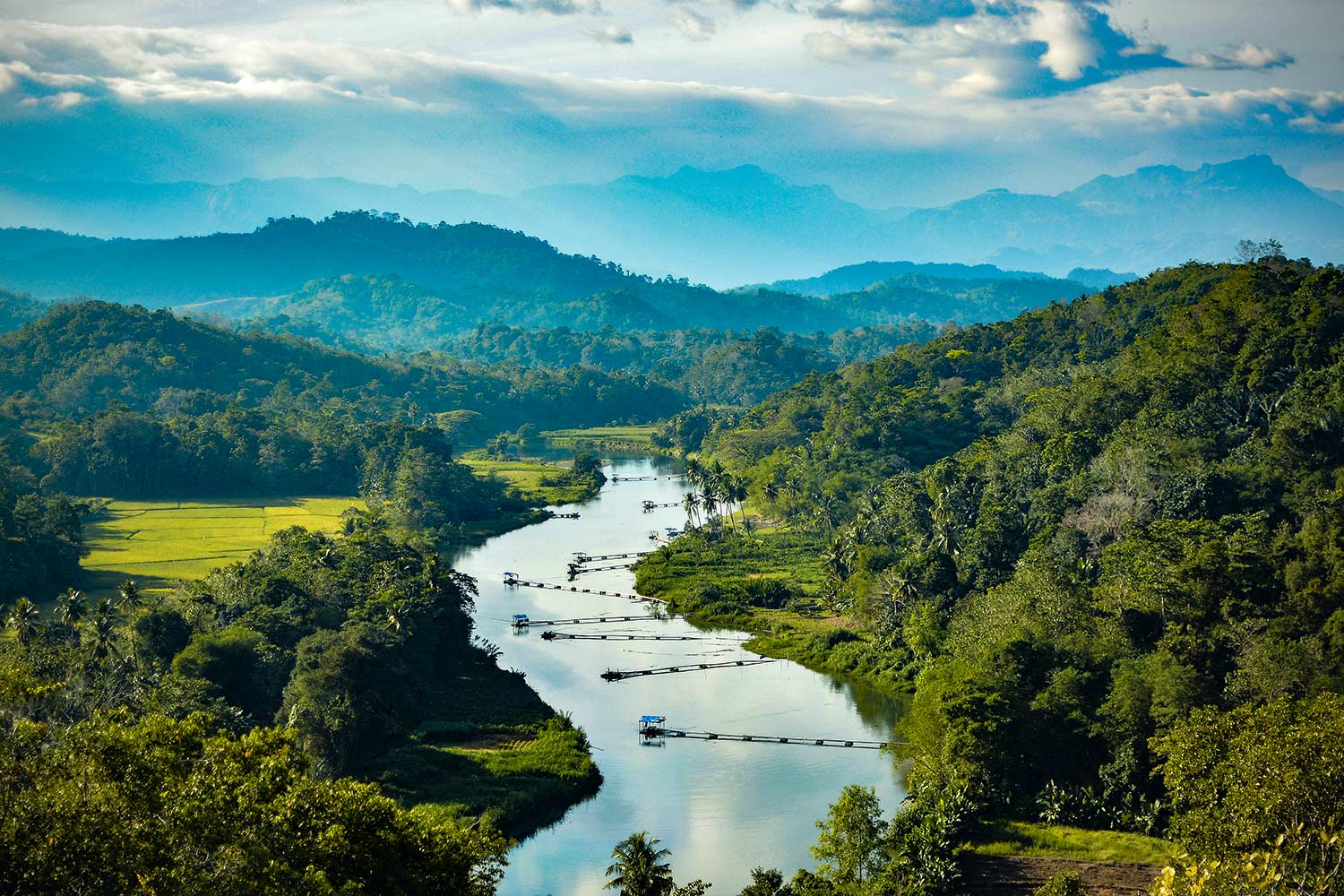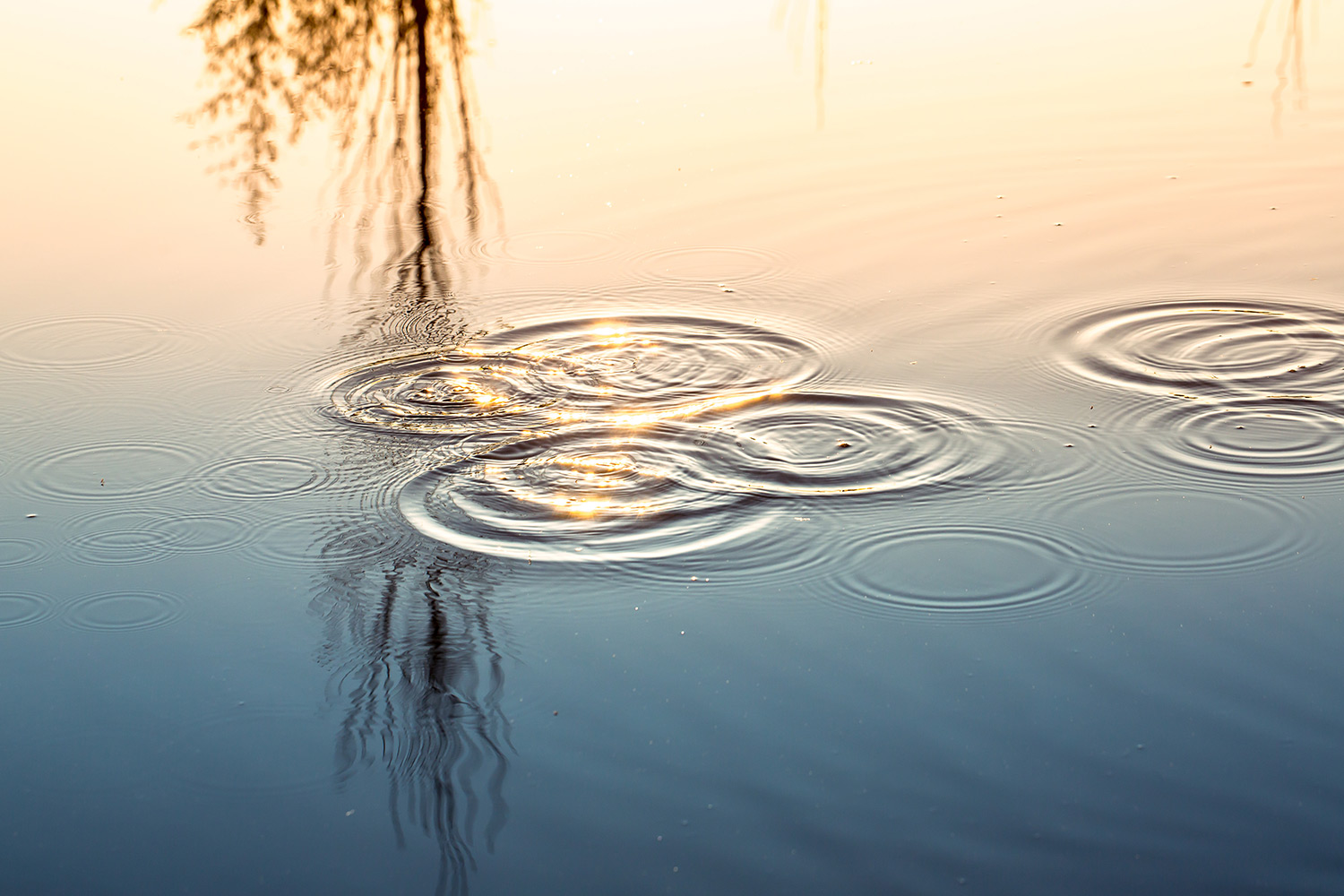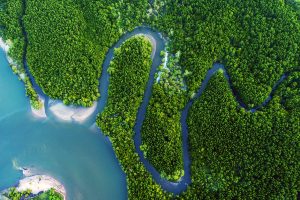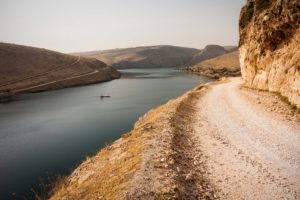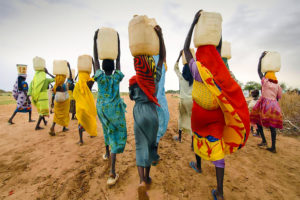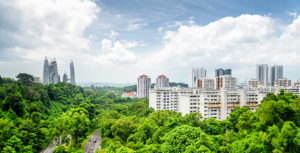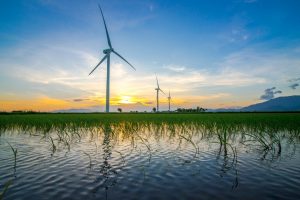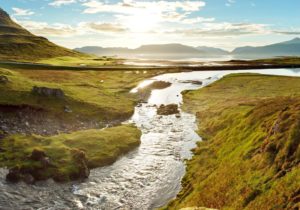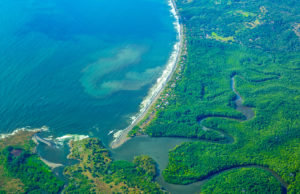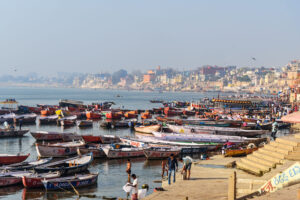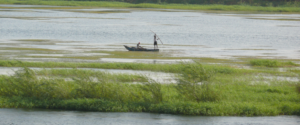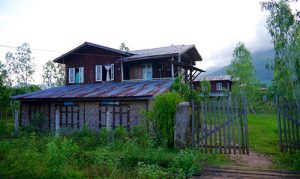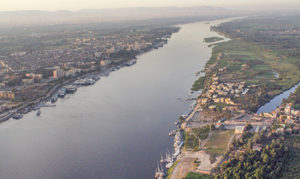Rivers are the arteries of the world. They provide life as they wind their way from source to sea. But just like our bloodstream, if they are restricted, damaged, or polluted, the conditions for life will take a dramatic turn for the worse.
Rivers are also connectors. For millennia, they have served as freshwater sources, transport routes, and borders between peoples, regions, and countries. Rivers have a significant impact on the shaping of the landscape, they help us generate electricity, and they support cities and rural areas alike.
Rivers rise and fall in response to rainfall or snowmelt. They are inherently dynamic, spreading out into floodplains, then shrinking during dry seasons. The plants and animals that live in and beside rivers have adapted to these seasonal changes. They rely on them for their survival. Any modifications to the natural variations of rivers lead to devastating loss of biodiversity.
While we all depend heavily on rivers in one way or another, many rivers are under constant threat from unsustainable human activities. Upstream factors such as development, careless or uninformed use, and pollution all contribute to the deteriorating state of rivers and ecosystems.
The problems do not stop there.
As rivers flow through the landscape, they carry with them the impact of upstream activities, which sometimes severely damage downstream ecosystems and communities as a result.
This crucial but often overlooked connection between what we do on land and along rivers, and the effect this may have further downstream, along coasts and in the ocean, is often referred to as source-to-sea. It is a key concept for acknowledging the importance of the world’s rivers.
From a strictly geographical point of view, rivers are sometimes seen as dividers as they often run alongside and within regional and national borders. This also means that a river becomes a shared resource. What is more important than the separation of two parties is the fact that both sides have a mutual interest in maintaining a healthy river.
Rivers also connect communities along their courses, and this means people must find ways to interact and cooperate around shared water resources. This interconnectedness is a challenging situation, but the risks of disputes and conflicts over shared water are often over-reported. Fruitful cooperation is, in many cases, far more realistic.
To remain healthy, the world’s rivers need our attention.
The relationship and impacts of what happens upstream and downstream must be better understood, analyzed and modified. Both development and overall use must take all relevant factors into account on equal terms: economic as well as social and environmental. Only then can we save our rivers and ecosystems.
